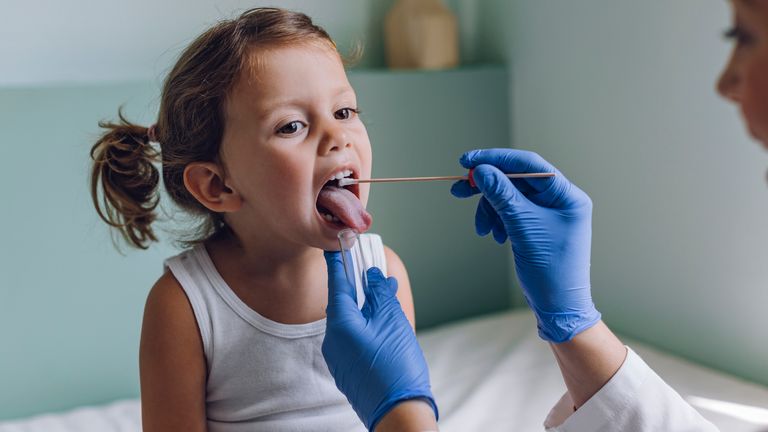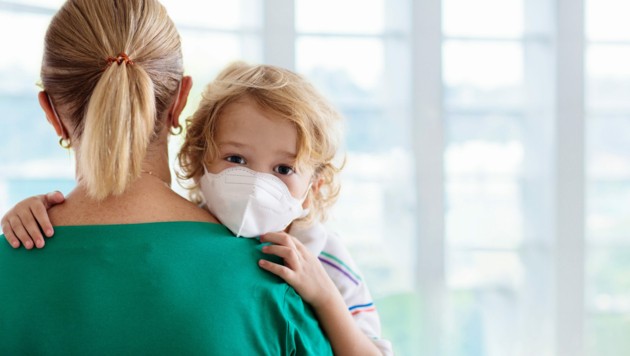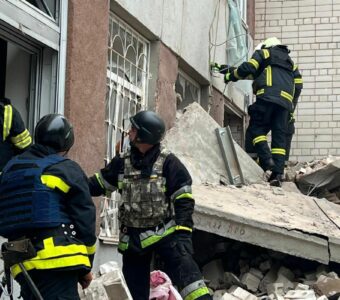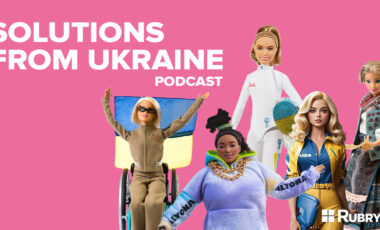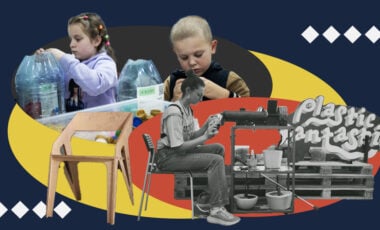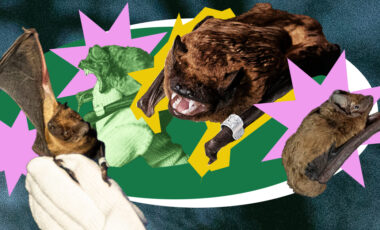Why are kids dying of coronavirus: how to protect your child
In Brazil, children's coronavirus mortality has skyrocketed. We explain the reasons, what to expect in Ukraine, what disease symptoms children may have, and why coronavirus can be confused with another disease
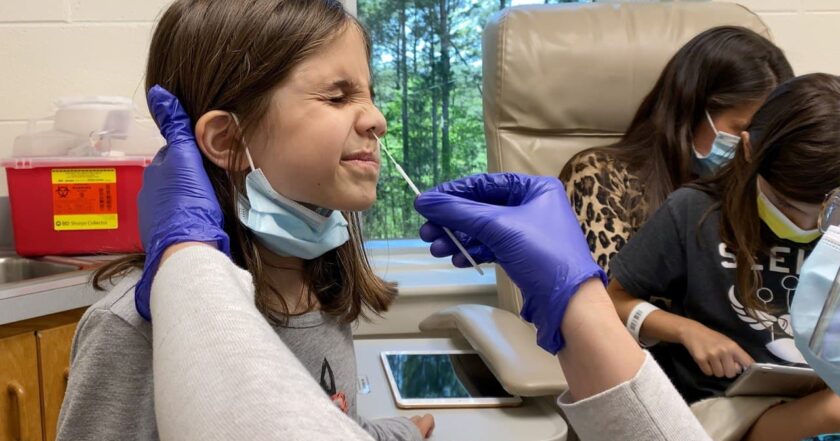
Photo Reuters
In Brazil, the coronavirus death rate among children has increased. Contrary to the previously widespread belief that children aren't so vulnerable to this virus, the number of victims has already approached 2 thousand people.
It's believed that the increase in infant mortality in Brazil is associated with an even more aggressive strain of coronavirus. Experts say that the huge number of Covid cases among children in the country is related to the total number of cases; Brazil has now the second-largest number in the world:
"Of course, the more cases we have and, as a result, the more hospitalizations, the greater the number of deaths are in all age groups, including children. But if the pandemic were controlled, this scenario could evidently be minimized," says Renato Kfouri, president of the Scientific Department of Immunisations of the Brazilian Society of Pediatrics. This high infection rate has affected the entire Brazilian healthcare system. Oxygen supplies are depleting across the country, essential drugs are in short supply, and many intensive care units simply no longer have beds.
Although in Ukraine, according to the Minister of Health, the peak incidence has passed, and on Monday, April 19, the number of new cases decreased by 14 thousand, compared to last week, and continues to decline, you shouldn't let your guard down; a high viral load can lead to the incidence increasing in children in Ukraine as well.
No reaction — no danger?
Studies published in the Oxford Clinical Infectious Diseases last May and updated in November provide evidence of respiratory disease course in children. It says that fewer cases of diseases have been registered among children than among adults, but it happens largely because, at an early age, the disease is more easily tolerated, children don't have symptoms or they're too weakly infected to attract the attention of doctors, undergo an examination and get into the statistics of the observed COVID-19 infection cases.
Other research by Dr. Petra Zimmerman, who studies pediatric infectious diseases, suggests that 35% of children have the disease with no symptoms.
Scientists examined data from large epidemiological studies and concluded that children are less susceptible to the impact of COVID-19 than adults. It's confirmed by other studies, saying that coronavirus cases among children are diagnosed less often than in 5% of all cases of SARS-CoV-2 diseases. The data available at the time of the review suggests that children are less likely to develop severe pneumonia or other disease-related complications and that the response to the virus in children is different from that in adults. However, it doesn't mean that the virus is not dangerous for children.
How to distinguish coronavirus symptoms in children?
Doctors agree that it's easier to overlook or misdiagnose symptoms in children who've contracted Covid-19 since the disease usually manifests itself differently than in adults. For example, in February last year, there were reports of an outbreak of Kawasaki disease among Italian children, and already in May, when the coronavirus had spread throughout Europe, it was among British kids. One of the reports published later said that 8 out of 10 children who had symptoms of Kawasaki disease had SARS-CoV-2 antibodies so the study authors concluded that SARS-CoV-2 might cause a particular immune response in some children resembling Kawasaki disease. Doctors call this a new phenomenon similar to Kawasaki disease. However, unlike the latter, it affects not only preschoolers but also adolescents under the age of 16, and sometimes causes severe complications.
Kawasaki disease is an inflammation of blood vessel walls, accompanied by:
- fever
- skin rash
- conjunctivitis
- throat and mouth redness
- hands and feet swelling
- swollen lymph nodes in the neck
It usually occurs in children between the ages of 1 and 8 years, however, there have been cases when the Kawasaki disease symptoms occurred in children under 16; in these cases, children were sick with coronavirus, so similar symptoms may be a sign of Covid-19 disease in your child.
But there are other symptoms as well. Thus, the Royal College of Paediatrics and Child Health in the UK recommends parents seek urgent help if their child:
- Becomes pale, blotchy, or has a low body temperature
- Has rough, irregular breathing and wheezing, blue discoloration around the lips
- Becomes extremely depressed (crying inconsolably), confused, looks very lethargic
- Has a rash that doesn't disappear with pressure (Glass test)
- Develops a rash on the testicles (in teenage boys).
How to prevent a child from contracting coronavirus?
A well-known Ukrainian pediatrician Yevhen Komarovskyi, Ph.D. Medicine, and TV presenter, said that the best remedy in preventing illness, besides observing quarantine restrictions, thoroughly washing hands, and wearing masks, is sufficient room ventilation. You can only get infected with the respiratory disease through close contact with an infected person, the doctor says. Outdoors, the chances of catching an infection are much more limited, meaning, if you are indoors, the first rule that you must adhere to is airing: "The best, most useful coronavirus pill is draft," the doctor said.
Komarovskyi also insists that parents should know how to provide first aid to their child, and also learn the boundaries of first aid: when you need to stop self-medication. For example, lung problems can be identified by blood oxygen saturation. One measures it using a special device, a pulse oximeter. With COVID-19, it is recommended to call a doctor when the oxygen saturation drops to 94%. Saturations of 92% and below are generally considered critical. A person with such a low blood oxygen reading requires urgent medical attention.
The pediatrician also insists that you may not take medications without coordinating treatment with a doctor. This is especially true of antibiotics, which can only harm the body.
Good nutrition is one of the primary conditions for maintaining immunity, Brazilian doctors insist. Therefore, food, especially during quarantine, must be properly balanced, and the diet is designed so that children (and adults too) receive all the necessary vitamins and minerals.



